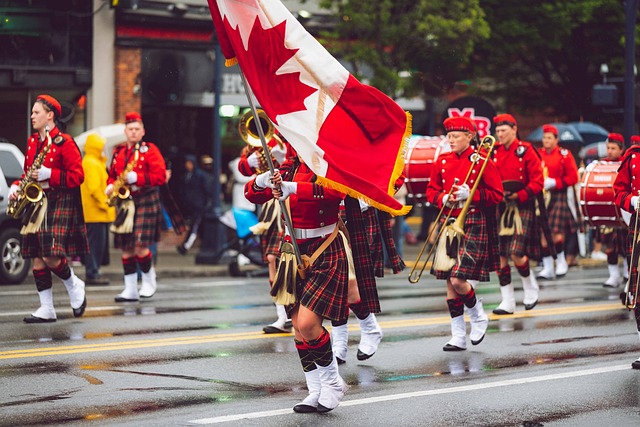
Canada Day is a national holiday that celebrates Canada’s birth as a nation. Every year on July 1st, Canadians across the country come together to celebrate Canada Day—a festive occasion marked by fireworks, parades, concerts, and gatherings large and small. While today’s celebrations are often joyful and patriotic, the roots of the holiday stretch back over 150 years and are tied to the country’s formation and evolving national identity.
The Birth of a Nation
Canada Day marks the anniversary of Confederation, when three British colonies—Nova Scotia, New Brunswick, and the Province of Canada (now Ontario and Quebec)—united into a single country on July 1, 1867, under the British North America Act (now known as the Constitution Act, 1867). This act established the Dominion of Canada, laying the foundation for what would eventually become the modern nation.
Though the country remained a British dominion and didn’t gain full legislative independence until 1982, Confederation was a major step toward autonomy and nationhood. The day originated as Dominion Day to reflect Canada’s status as a dominion within the British Empire.
From Dominion Day to Canada Day
For many decades, Canadians celebrated Dominion Day with modest fanfare. It wasn’t until the early 20th century that it started to resemble the public holiday we know today. The push to rename the holiday began in the 1960s and 1970s, as Canada moved further from its colonial roots and embraced a stronger sense of national identity.
The change became official on October 27, 1982, when Parliament passed a bill to rename the holiday Canada Day, shortly after Canada patriated its constitution and gained full control over its own laws. The renaming was symbolic of a broader shift toward national self-awareness and pride.
Canada Day Celebrations Then and Now
Traditionally, Canada Day has been celebrated with ceremonies, concerts, and fireworks, particularly in major cities like Ottawa, where the capital hosts a large gathering on Parliament Hill. Over time, people have integrated multicultural festivals, Indigenous ceremonies, and community events into the celebrations, reflecting the diversity of Canada’s population.
However, in recent years, our national holiday has also become a time of reflection. With increased awareness of the country’s colonial past and its impact on Indigenous peoples, some Canadians use the day to acknowledge historical injustices and promote reconciliation. As such, Canadians celebrate not only the country’s unity and national pride, but also an opportunity for dialogue and understanding.
A Day to Reflect and Celebrate
Canada’s national day is more than just a national birthday—it’s a reminder of the journey Canada has taken from a collection of British colonies to a diverse, independent nation. It’s a day to celebrate freedoms, acknowledge challenges, and envision a better future for all who call Canada home.
Whether it’s waving a maple leaf flag, attending a local event, or simply enjoying a summer day with friends and family, this holiday remains a significant part of the country’s evolving story.

Happy Canada Day!